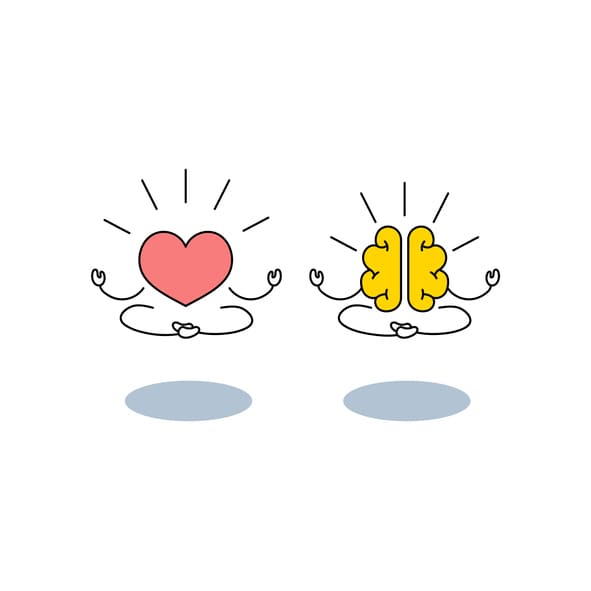Mindfulness practice usually begins with the practice of concentrating on breathing, the first step to strengthen the functions of our prefrontal cortex involved in this technique. It means being able to put all our attention only on our breathing.
And unlike relaxation practices, Mindfulness does not try to change the sensations in our body or try to produce relaxation.
It may be that as a result of its practice we feel relaxed. But it may also be not.
That is why Mindfulness is not simply a meditation technique.
It is a state of being, a change of consciousness and a profound transformation of ourselves and our vision of the world.
Wandering is the art of contemplation, the art of doing nothing, and it is necessary to give space to those moments, from the Mindfulness perspective.
Those who practice it on a daily basis report feeling more in tune with themselves, more balanced, with a greater ability to see emotions with a certain distance and even to balance them.
In addition to being able to connect with themselves and notice what they really need, they say they are better able to stop before they act thoughtfully and increase their capacity for empathy and emotional communication with others.

